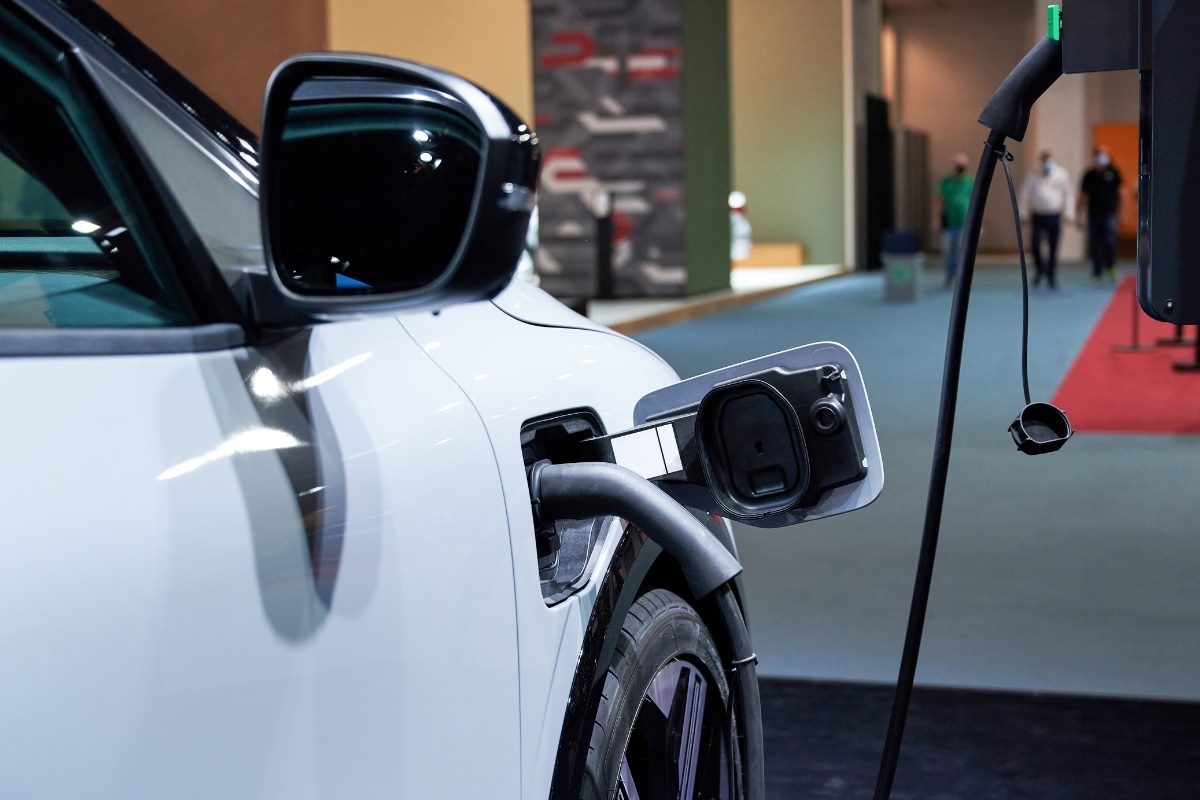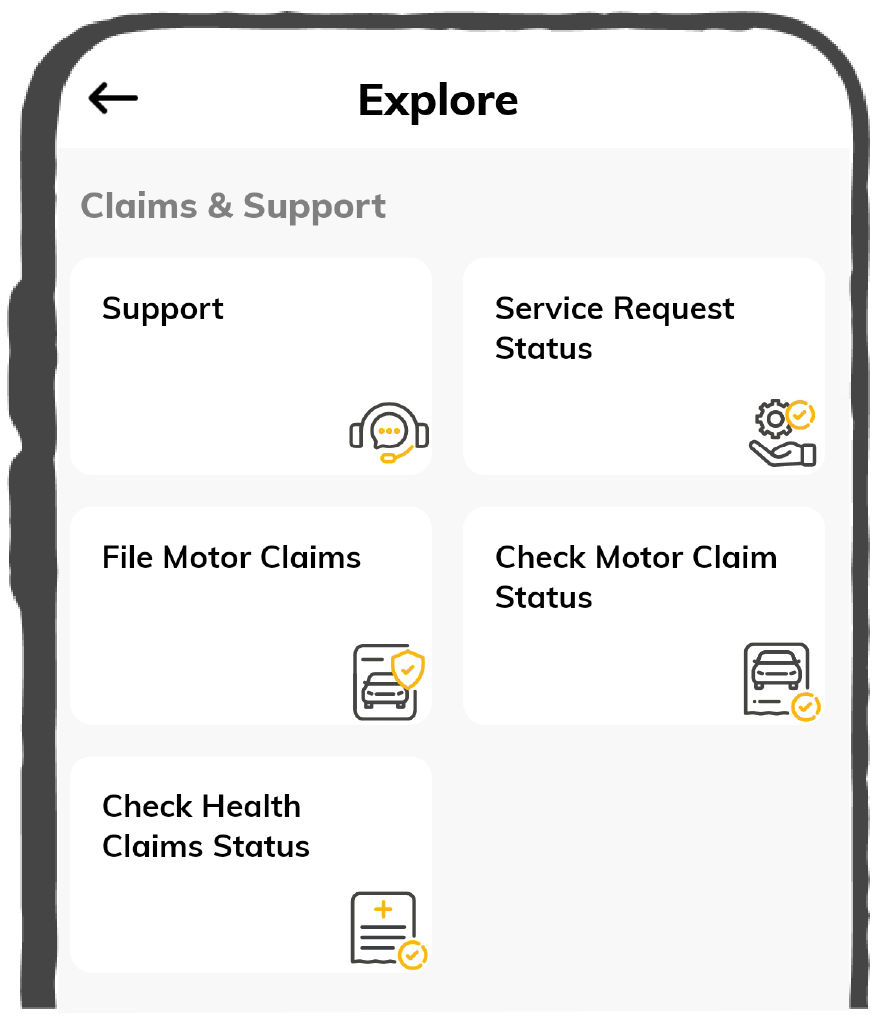
9000+ Cashless Garages
96% Claims Settled (FY 23-24)
What are Plug-in Hybrid Electric Vehicles and How Do They Work?

A plug-in hybrid electric vehicle, or PHEV, is a compromise between a conventional fuel-driven car and a battery-powered EV. As their names suggest, these car batteries can be charged by connecting them to a standard electrical outlet.
After a charging session, these cars can travel up to 30 to 50 km before the battery depletes. Then, the petrol or diesel engine kicks in to finish the commute. Interestingly, the latest models are being developed with even more enhanced features.
Thus, if you are curious about the key components of a plug-in hybrid EV and want to understand how they function, keep reading.

Table of Contents

What is a Plug-in Hybrid?
As discussed, a plug-in hybrid electric vehicle is a segment of hybrid cars that uses an internal combustion engine and an electric propulsion system. It differs from other hybrids because its battery can be charged using an external power source.
Why are Plug-in Hybrids Popular?
Plug-in Hybrid EVs are widely popular because of:
Dual Power Sources
A PHEV has an internal combustion engine—usually petrol or diesel—and an electric motor propelled by a rechargeable battery.
Electric-Only Range
A PHEV can run on electric power alone for a certain distance if its battery has adequate capacity. This contributes to environmental friendliness and sustainability, as short trips have zero tailpipe emissions.
Plug-in Charging Technology
To charge a PHEV, one can connect its battery terminals to an external power source or use charging stations specifically designed for electric vehicles. Thus, drivers can charge the battery and use its power efficiently for part of their drives.
Regenerative Braking
Most electric vehicles use regenerative braking, which captures some of the energy released while braking and uses it to replenish the vehicle’s battery.
Different Components of a Plug-in Hybrid EV
To distinguish between PHEVs and other hybrid vehicles, it is essential to familiarise yourself with their different components.
Here are some fundamental parts that you will notice in a plug-in hybrid electric vehicle:
1. Battery
An external battery supplies the necessary power to operate your car and its built-in systems, such as the infotainment system, lights, and air conditioner.
2. Onboard Chargers
The onboard chargers carefully monitor your car battery's voltage, current flow, and temperature. Thus, they assist in optimising the battery’s performance. In addition, onboard chargers transform AC to DC power while charging car batteries.
3. Electric Generator
It is a vital part that uses the braking force in PHEVs to charge their traction batteries. In selected plug-in hybrid cars, the electric traction motor and electric generator are the same, and they leverage regenerative braking to charge the battery.
4. Exclusive Exhaust System
Not all EV segments feature an exhaust system. However, plug-in hybrid EVs include exhausts as their engines run on fuel and the batteries drain out. Hence, a strategically modelled three-way catalyst-design exhaust is added to enable emissions through the tailpipe.
5. Power Electronics Control
Another vital component of PHEVs is the power electronics control systems, which monitor the current flow from the traction battery unit to the electric traction motor. Most importantly, they regulate the motor's speed and control the generated torque.
In addition to these features, you can find a specialised fuel system to store backup petrol or diesel when the battery runs low. Finally, an advanced thermal system regulates the temperature of your vehicle’s engine, power electronics, and electric motors.
How Do PHEVs Work?
Most PHEVs have an electric mode, a hybrid mode, and a combustion mode. The E-mode forces your car to use only electricity in the battery until nothing is left. The hybrid mode works the most efficiently by activating the vehicle’s battery and combustion capabilities throughout your journey. It keeps on switching between the two.
Finally, the combustion mode lets your vehicle keep its charge until it's strictly necessary. This is particularly beneficial when driving in cities where you want to minimise your carbon footprint.
How to Operate a Plug-in Hybrid EV?
First, you fill-up the fuel tank with petrol or diesel. Then, when you get back home, you plug the car into the mains using a manufacturer-provided socket and cable. Once recharged, the car battery will give you a specific number of miles (also called electric range).
For the promised amount of miles, you can anticipate travelling without requiring any fuel at all. Depending on your vehicle's model, you should expect a range of 30-50 kilometres from a full battery. However, most car owners receive only about two-thirds of what the manufacturer claims on paper.
Advantages of PHEVs
Plug-in hybrids are futuristic vehicles with various significant benefits. Here are the two primary advantages of driving these cars:
Low Fuel Cost
PHEVs combine a conventional internal combustion engine with an electric motor. This directly improves fuel efficiency and lowers emissions than most conventional vehicles. Moreover, it allows you to run solely on electric power for shorter trips, reducing fuel costs.
Low Maintenance
Another primary factor is that PHEVs qualify for several governmental incentives and tax benefits, which also gives them a direct financial advantage.
Improved Sustainability
These cars contribute to a cleaner urban environment because, in most cases, they emit less in electric mode.
Enhanced Driving Experience
PHEVs are designed for smooth cruising drives, especially in electric mode. The instant torque from their electric motors enhances acceleration, thus resulting in a highly responsive ride.
Convenience
You can recharge your car’s battery at home, allowing flexibility and comfort.
Finally, a plug-in hybrid can easily be switched to a fuel-driven car if its battery runs out abruptly. This advantage relieves any driver from anxiety that arises from range-related problems in other EVs.
Disadvantages of PHEVs
Regardless of the appeal, potential owners should consider certain disadvantages before purchasing a plug-in hybrid.
High Initial Cost
Dual powertrain-infused plug-in hybrids understandably cost more than conventional vehicles. This initial investment becomes a significant barrier for potential buyers.
Weight and Performance
The added weights from the car battery and its electric components may affect handling and acceleration.
Environment Impact of Battery Production
Battery manufacturing involves mining and processing materials. These activities adversely impact the ecosystem and generate several types of pollution. Thus, too much production of PHEVs can raise concerns about overall environmental sustainability.
To wrap up, plug-in hybrids can be ideal for motorists, who, on most days, engage in a limited amount of driving. However, for frequent drivers, the initial cost of a plug-in hybrid electric vehicle may not justify the potential savings. Thus, consider the pros and cons before finalising your purchase decision.









